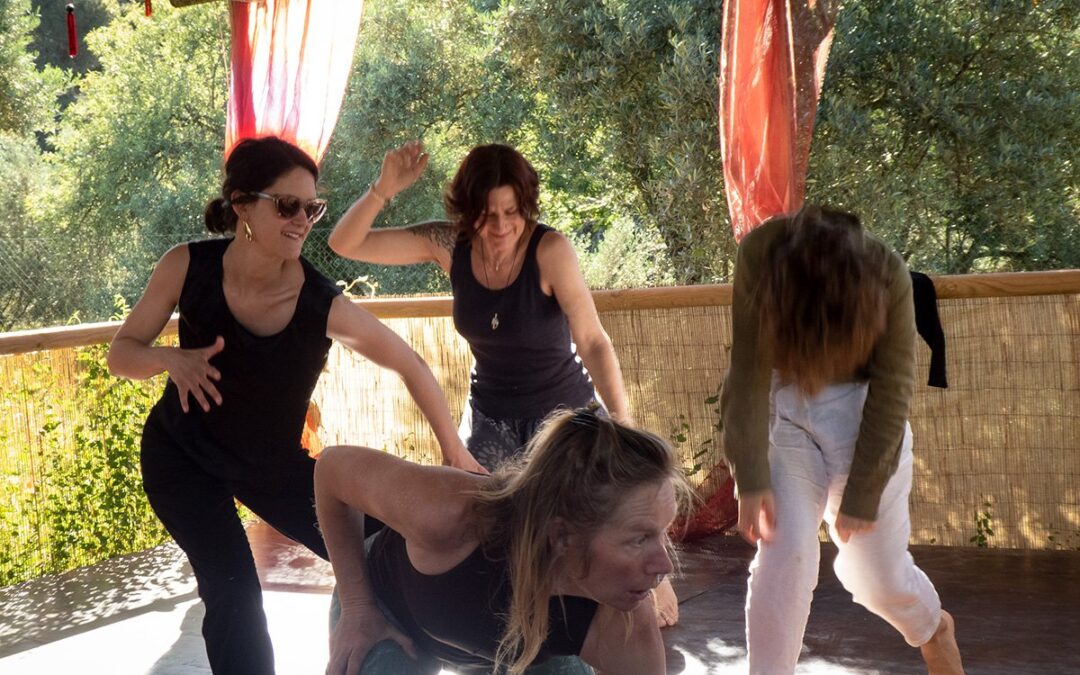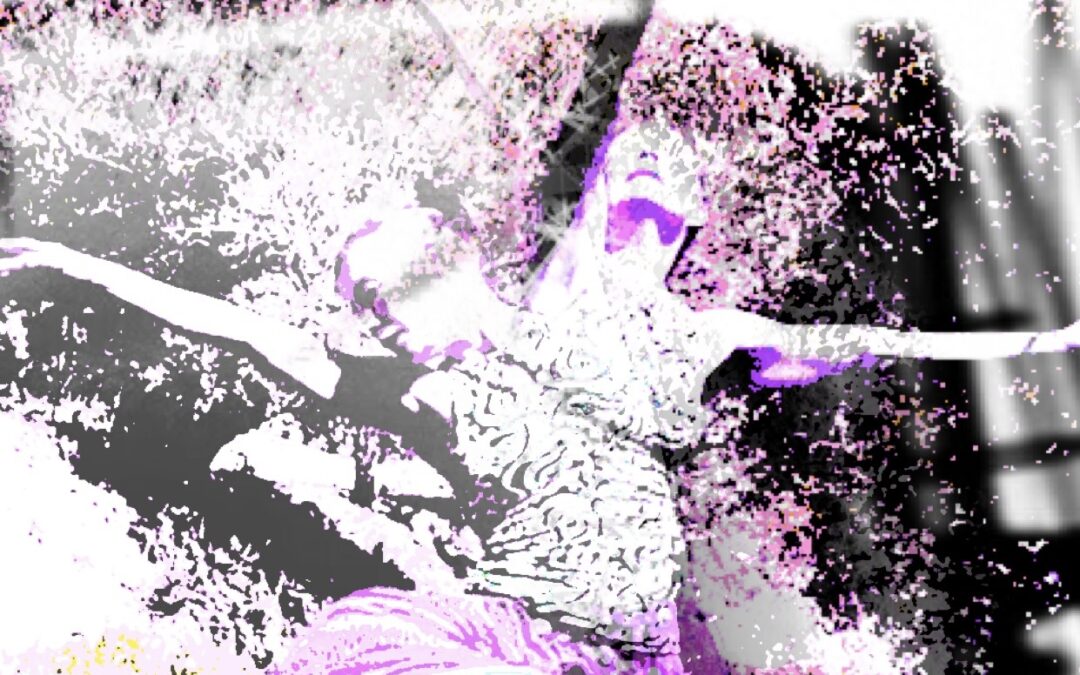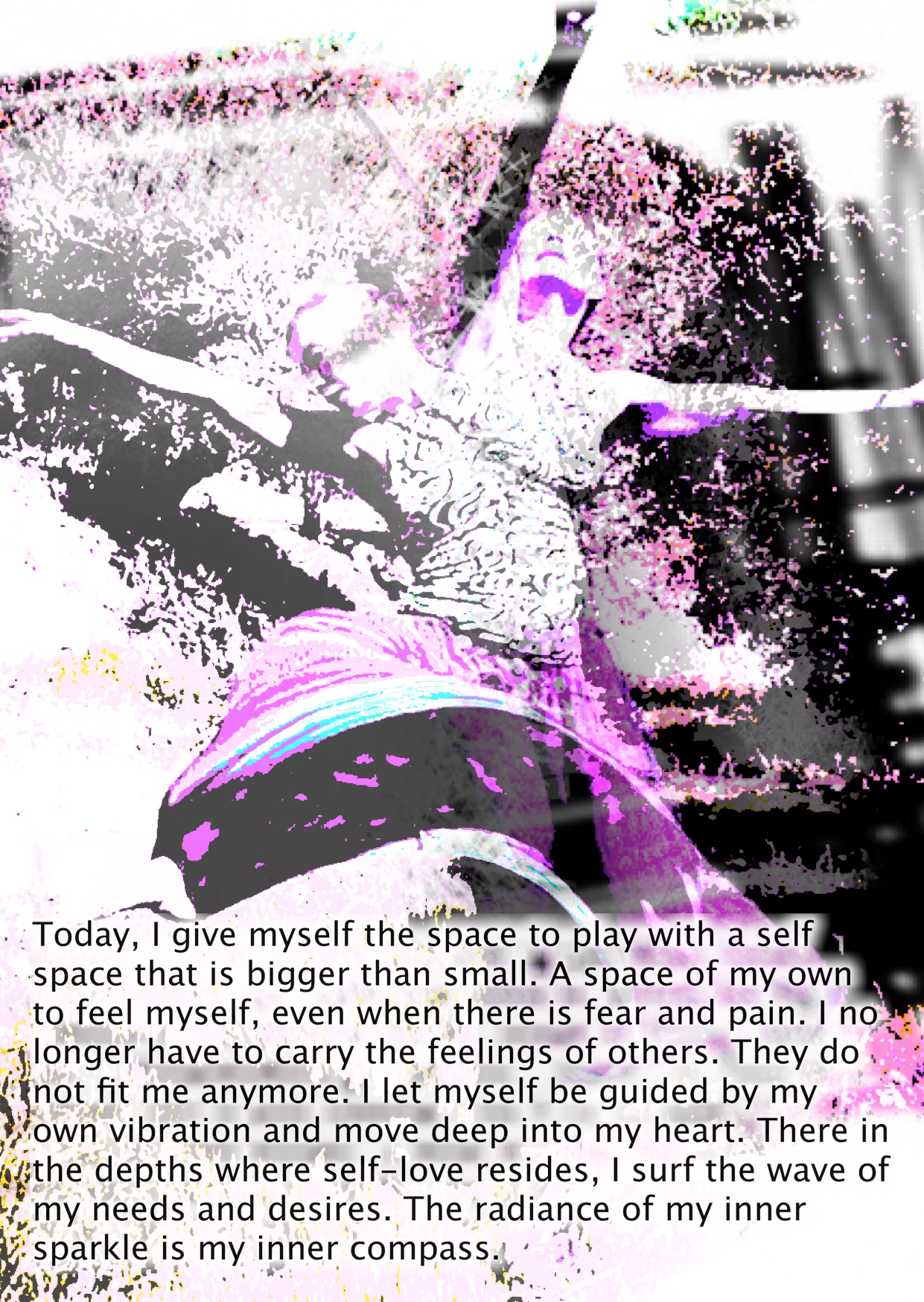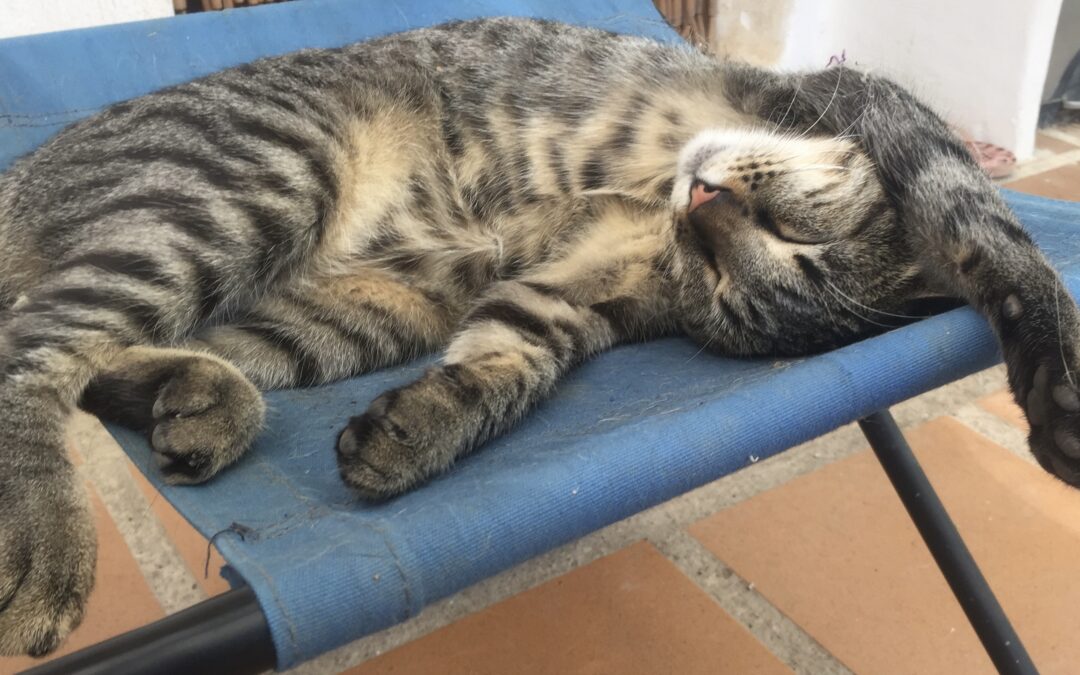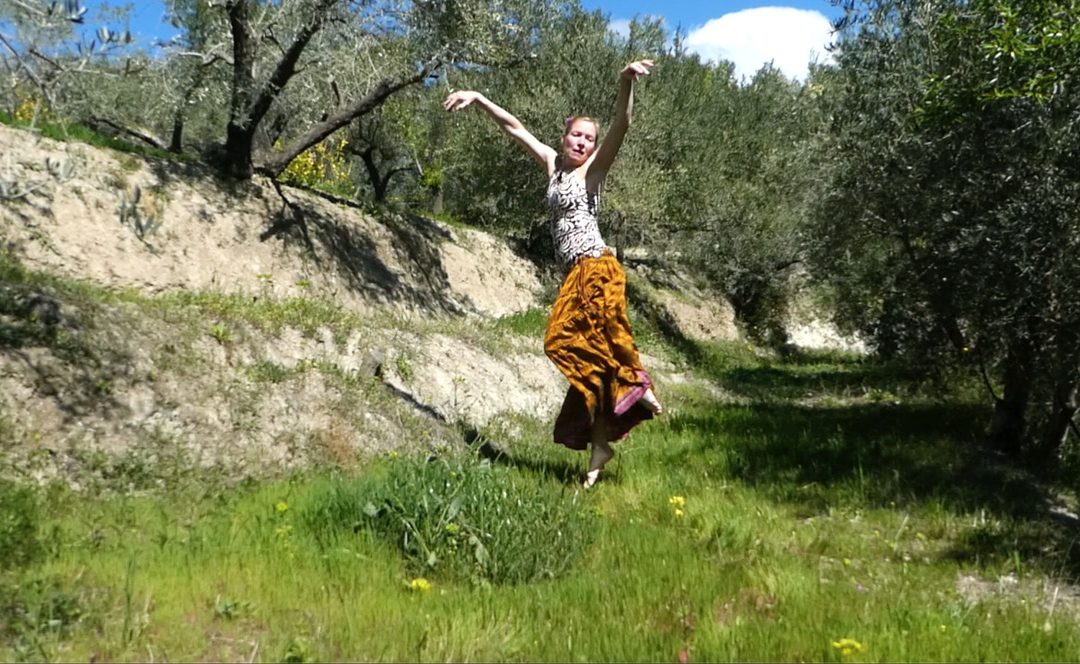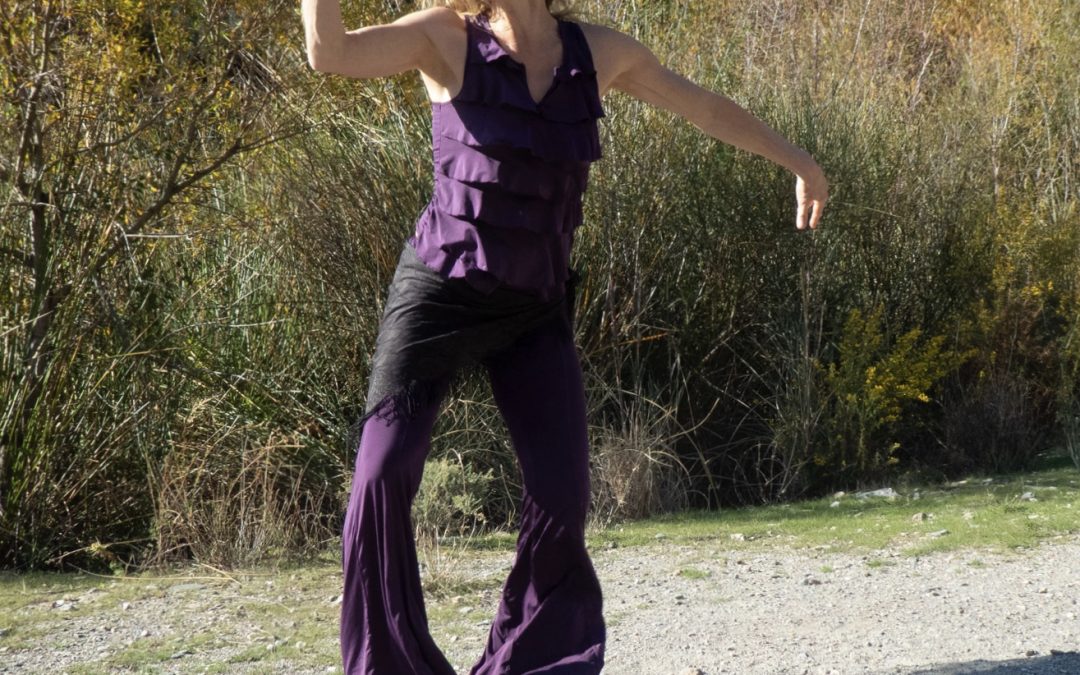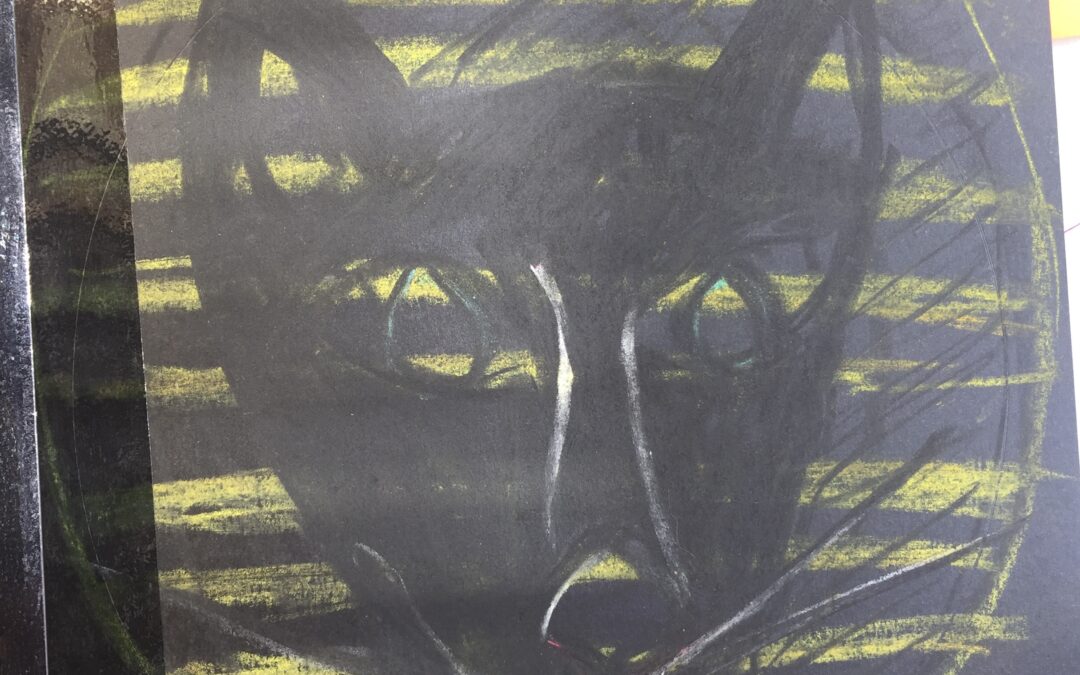
Moving out of habits of perfection
Last week during the retreat as we were exploring our senses through our animal body and dancing with its emotions of grief, anger, and pleasure, we came to speak about the habit of perfection, the hurt and wounding underneath, and how it has influenced how many of us can be so hard and demanding on ourselves, and lack the self-compassion to give loving attention and care to our bodies and sensations. As a result, we miss out on many valuable sensations, sparks of sensory wisdom, and a sense of natural time and rhythm.
Many of us live with a stressed, deprived nervous system, and chronic holding patterns in the body that cause hypersensitivity, and lack of energy, and also make us feel less animated or flatten everyday pleasurable and joyful sensations and emotions.
I believe the most important part of healing your soul is finding your way back to sensing in the here and now. Allowing your sentient animal eyes, ears, sense of smell, taste, and touch to curiously scan their natural living environment, feel its beauty and magic in every cell of your being, and receive its nourishment for your nervous system and body.
For in order to heal your system of body, mind, soul, and inner spirit and soothe the stricken animal within, your nervous system needs to connect with and map into its present sensuous environment where it can tune into the soothing ebb and flow-like greater natural movement and rhythm of the earth and cosmos.
This gradually and in small reversible steps changes your perception and your physical-emotional holding patterns and steadily guides you into your sacred essence….
I have read Marion Woodman´s ‘Addiction to Perfection’ a few times and Marian Woodman puts it beautifully. I quote Marion Woodman:
“First, I believe that femininity is taking responsibility for our bodies, so that the body becomes the tangible expression of the spirit within.
For those of us who have lived life in the head, this is a long, difficult and agonizing process, because in attempting to release our muscles, we also release the pent-up fear and rage and grief that has been buried there, probably since or before birth .
Within ourselves we find a stricken animal almost dead from starvation and mistreatment. Because it has been punished for long, it acts at first like a wild neurotic creature that hasn’t known love. But gradually it becomes our friend, and because it understands the instincts better than we, it becomes our guide to a natural, spiritual way of life.
To find the natural rhythms of our bodies, to walk, to see, to hear, to feel with renewed sensitivity and perception, is to return to our birthright which is our gift from the Goddess” Marion Woodman | ‘Addiction to Perfection’
Because the relationship with our bodies is such an important and permanent one in our lives, I feel that creating a beautiful relationship with our wise bodies is a must in order to feel alive, and able to manifest our greatest, most exquisite soul desires and dreams.
Are you seeking to connect deeper with your body and feel better in your skin?
I offer ongoing retreats to help women with
- finding their way back to sensing themselves in the here-and-now
- changing constricting perception habits
- change painful physical-emotional holding patterns in the body
- align with their sacred essence, inner wisdom, joy and sensuality
- build a loving relationship with their wise bodies
- create beauty with who they are and what they have
You can check out my retreats via Bookretreats.com

